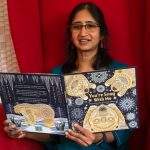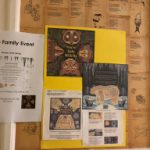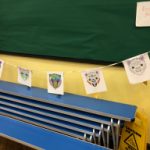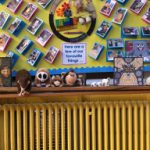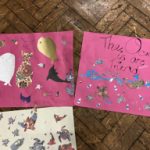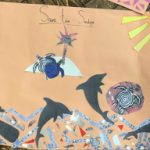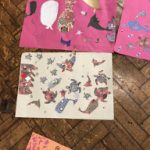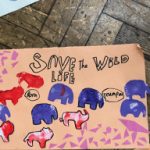2019 was an eventful year. It started in Chennai, India with my parents and took me on a journey to festivals and conferences across the world.

I was in Houston to participate in Texas Book Festival, then at SCBWI Europolitan Conference as a keynote speaker and had a quick stopover in Dubai for the Emirates Festival. Each festival gave me different perspectives on reading, stories and more. I met children from many different backgrounds, writers with aspirations and passion to tell new stories and although journeys are tiring and routine-breaking, they bring new energy into the writing.
I had six new books come out in 2019, that I’ve been working since 2017 and 2018. They were all different and challenged me in new ways.

I took on new challenges like writing a theatre show that I performed with a wonderful friend. I was part of a theatre devising group and we performed to an audience of five. I was briefly on BBC talking about diversity in children’s books.
I visited many schools, met with teachers and librarians across the world, told stories, inspired new tales with young people of all ages.
2020 is gearing up to be a busy year too. I can already reveal the cover of two new books that I wrote which will be published. Here is a quick glimpse – I’ll be posting more info soon. Watch this space.
While fake news, nationalism and climate crisis threatens goodwill and existence of our planet, this is a time for stories – to imagine a better life, to mine for wisdom from lessons learnt in the past and sculpt a new world for our future generations.
I wish you all a wonderful 2020 in which hope reigns despair and acceptance wins over hatred.
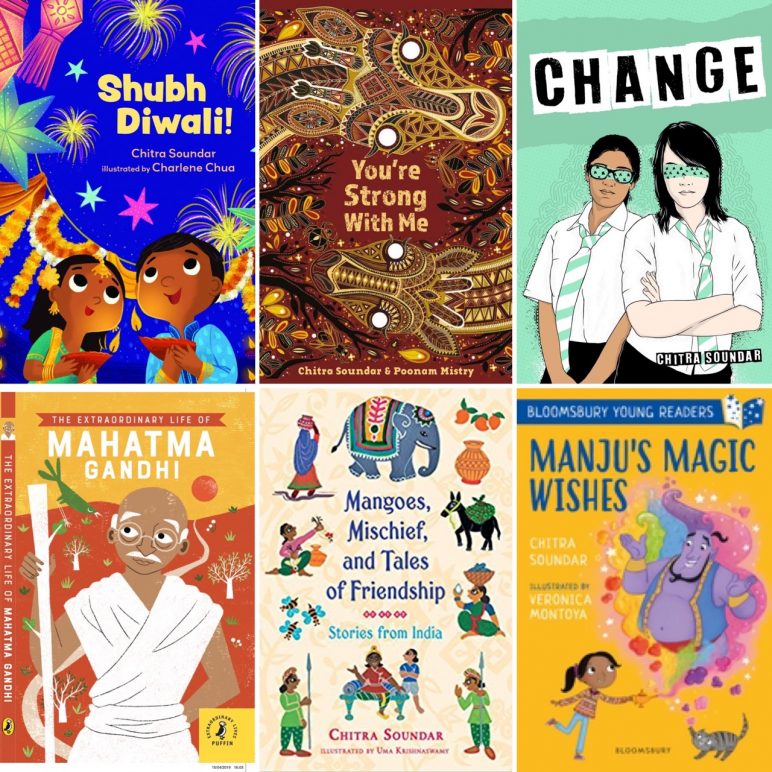



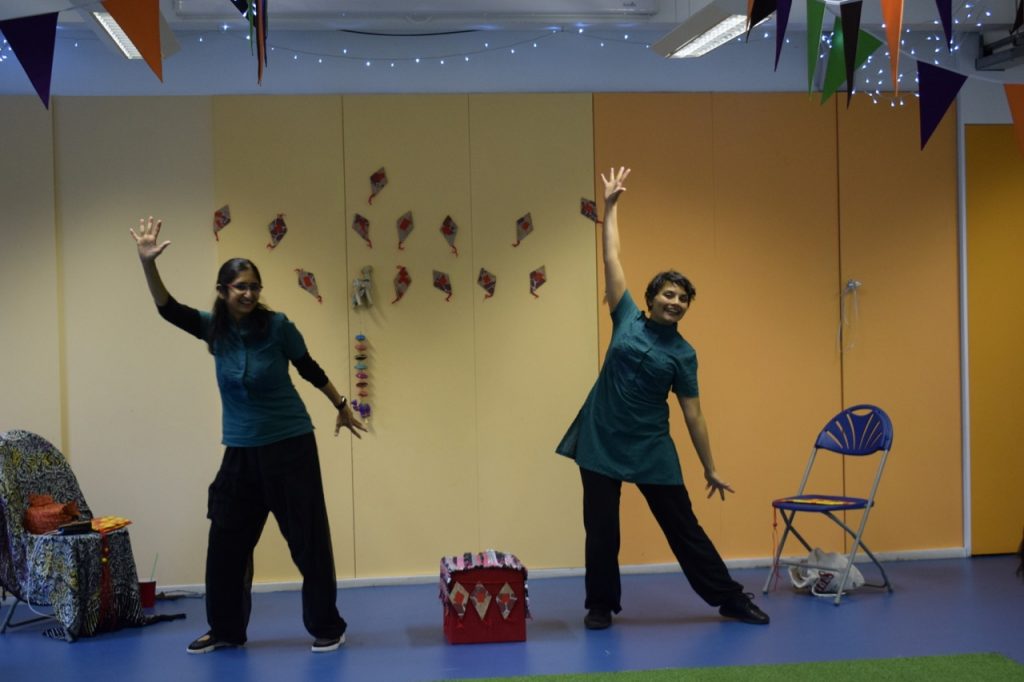








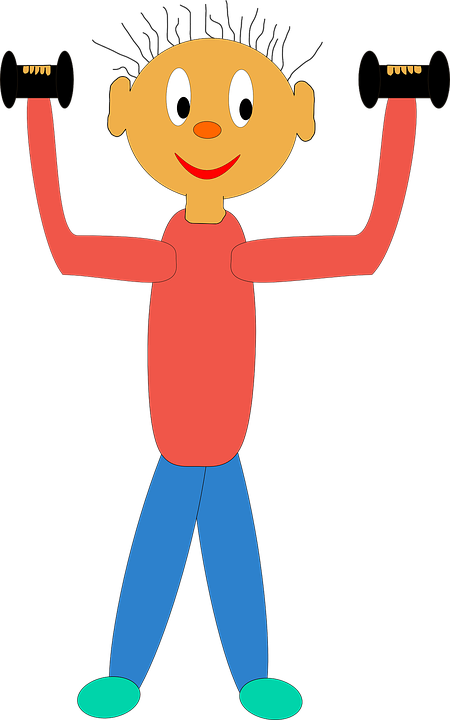

 What if my Grandma’s chair is a time travelling machine?
What if my Grandma’s chair is a time travelling machine?




